Quantum gases
The spectacular development of techniques for manipulating and cooling atoms using electromagnetic fields has led to the emergence of a new subject, quantum gases. In these assemblies of atoms, the collective behaviour of particles is very different from that predicted by classical physics.
To reach this regime, the De Broglie wavelength, which characterises the size of an atomic wave packet, must be greater than the average distance between particles. In addition, the statistical nature of the particles – bosonic or fermionic – leads to radically different behaviour for these quantum gases.
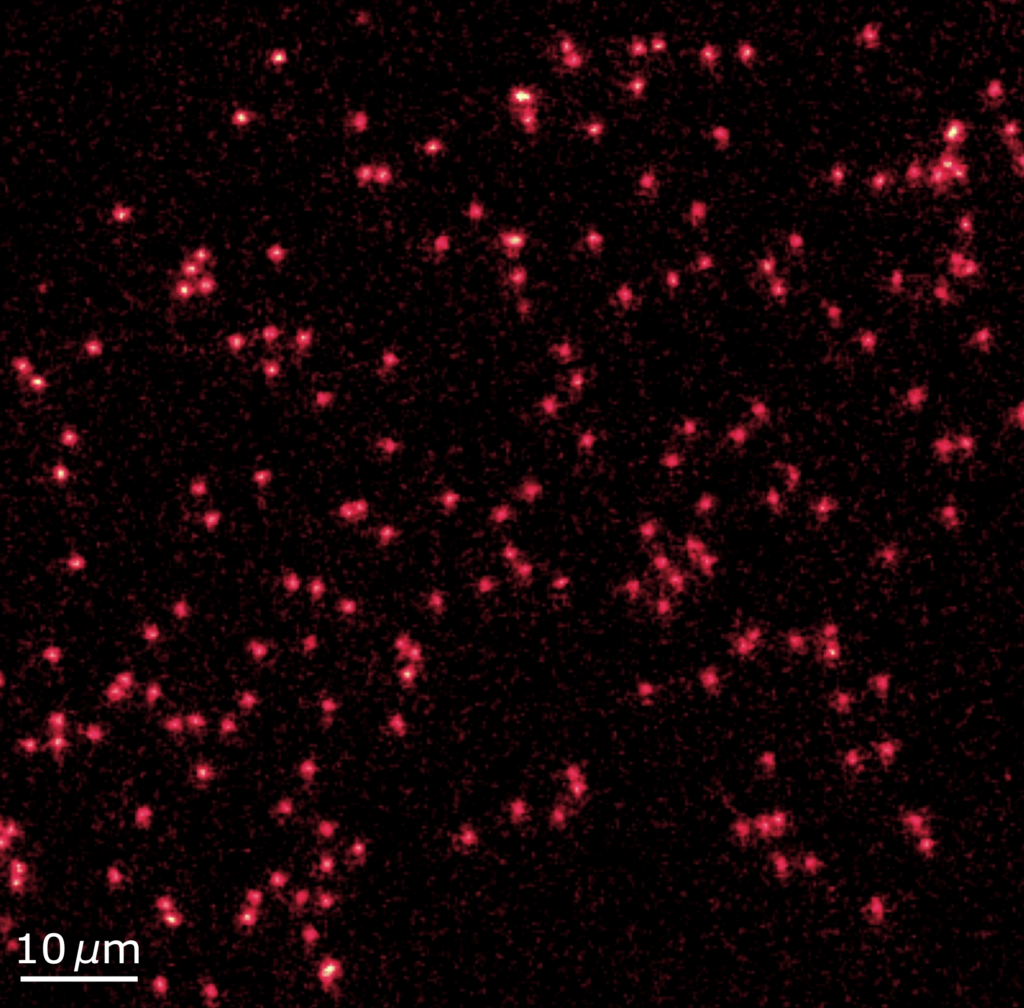
Teams
There are four teams in this division:
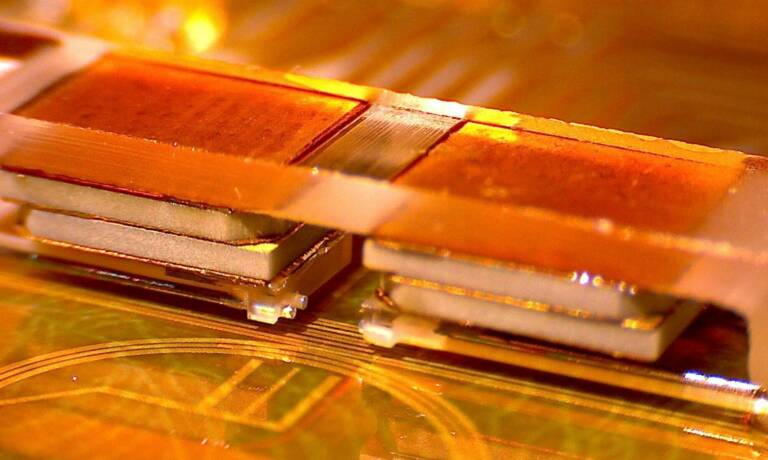
Atom chips
The Atom chips team performs experimental and theoretical research at the interface of quantum information, quantum gas physics and microcavity technology. The team particularly interested in multi-particle entanglement in atomic systems and its applications to metrology. It is also involved in real life applications of the leading-edge technology that we develop for our research.
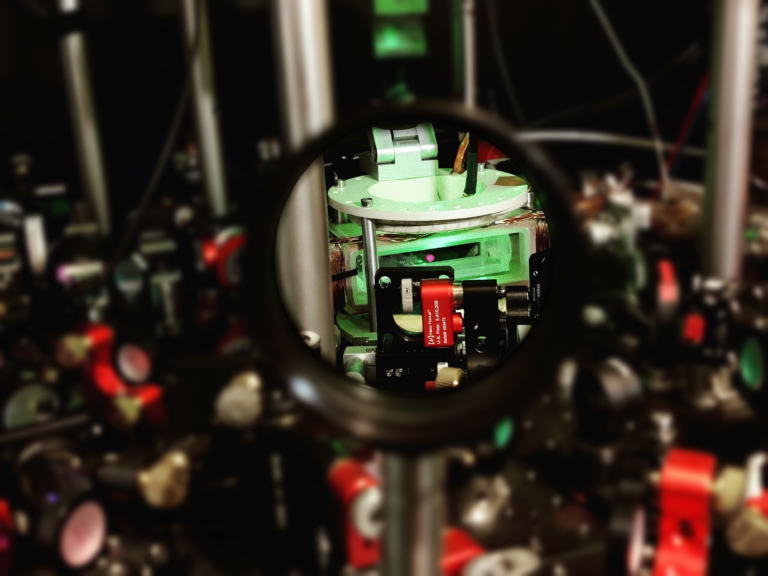
Bose-Einstein condensates
The Bose-Einstein Condensates team studies the different phases accessible for quantum gases when the nature of the interactions between particles and the dimensionality or topology of the system are taken into account. This research combines four experimental platforms and a theoretical component.
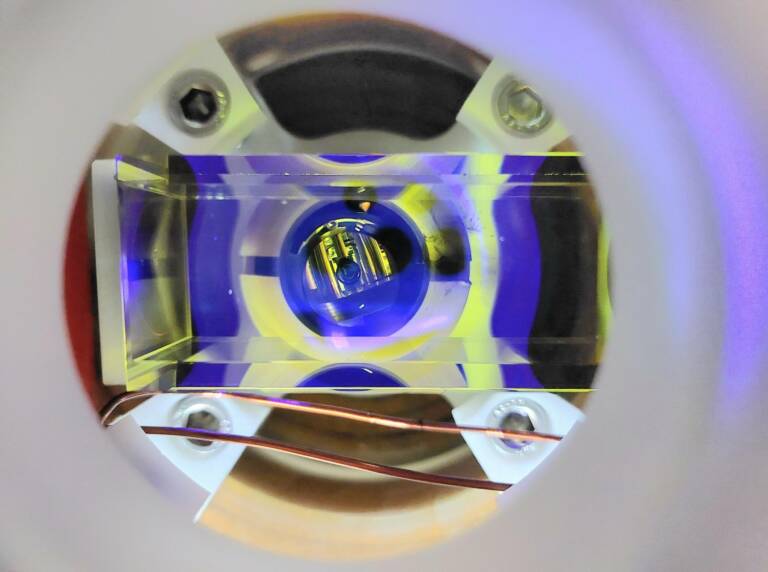
Ultracold Fermi gases
The team is studying the physics of Ultracold Fermi gases in a regime where interactions between atoms give rise to strong correlations between particles. At low temperatures, the collective behaviour of these interacting particles leads to spectacular effects, such as superfluidity, the analogue of superconductivity for neutral particles.
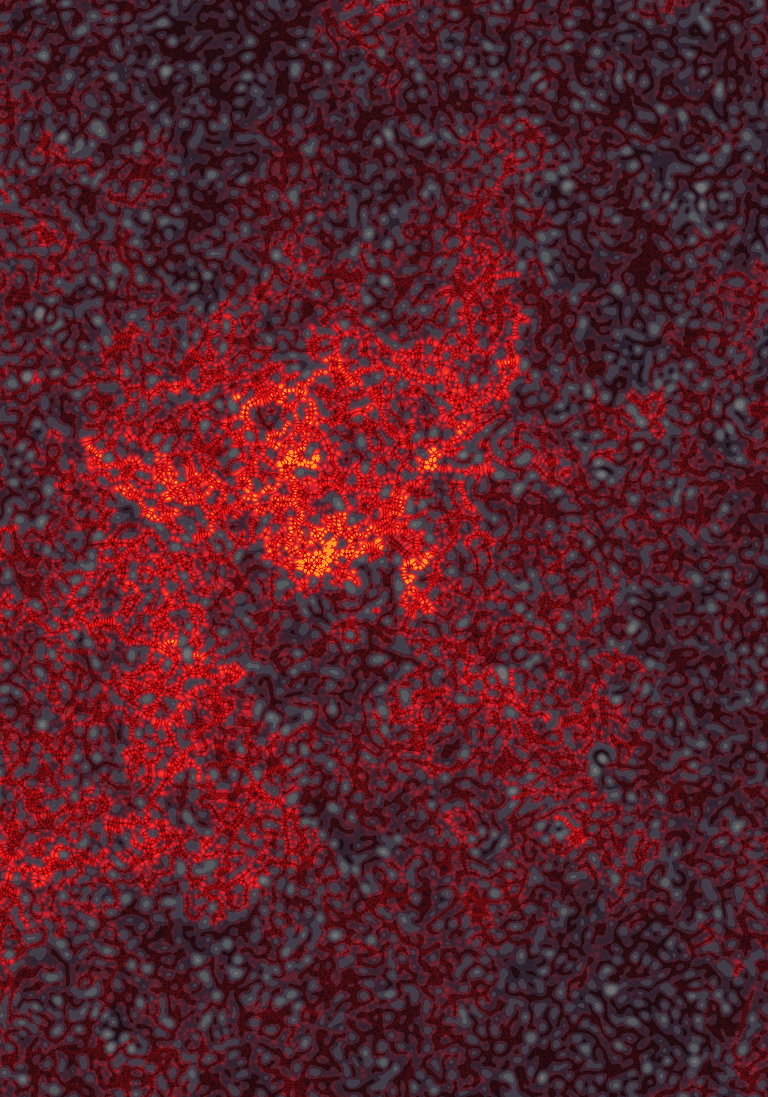
Quantum theory, atoms and fields
The activities of the team Quantum theory, atoms and fields are theoretical and cover two main research areas. On the one hand, out-of-equilibrium quantum systems, with the study of quantum correlations, thermalization and transport in isolated, driven or disordered Bose gases. On the other hand, the physics of light scattering and dispersive optical forces in atomic gases, structured and disordered dielectrics, or metals.
